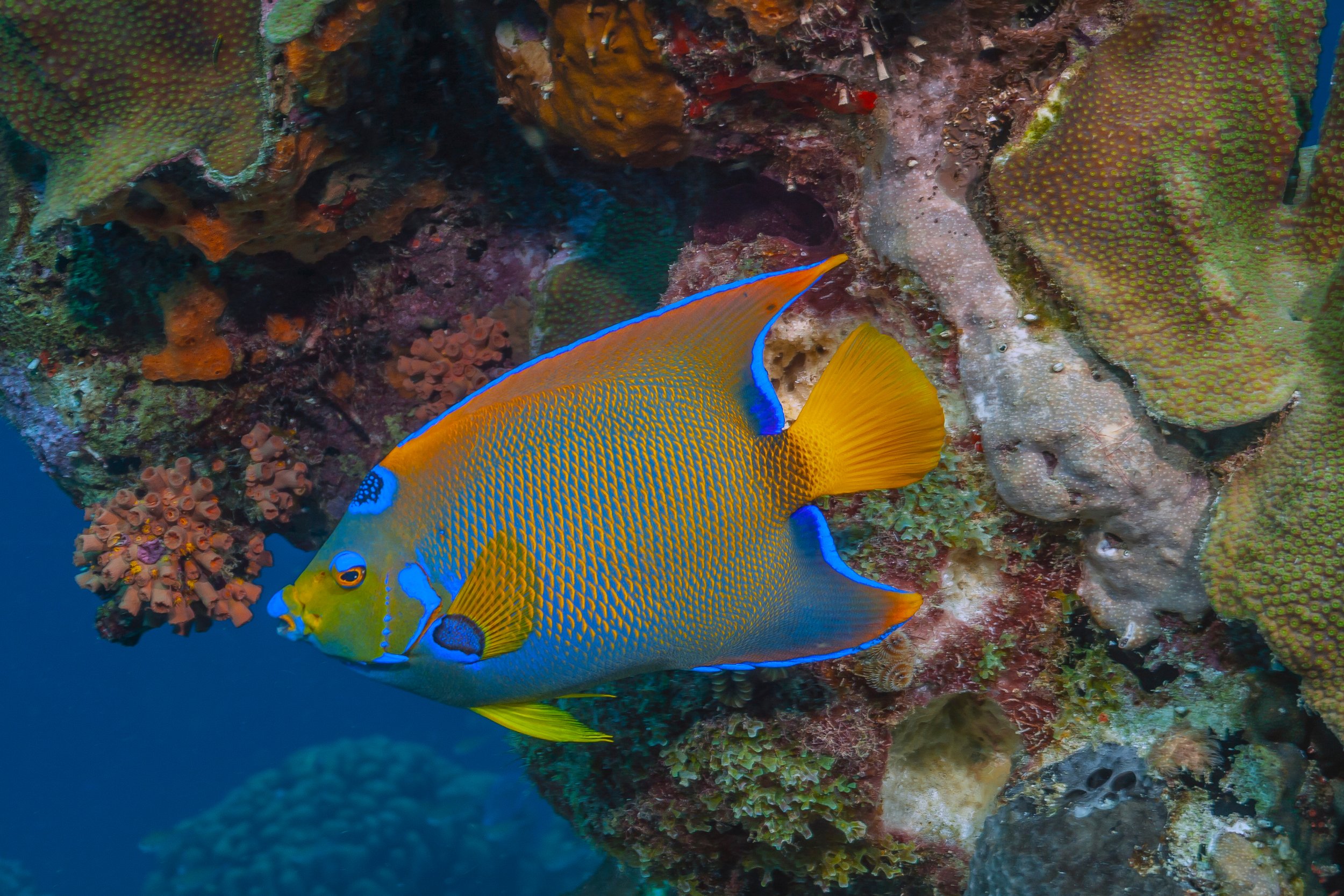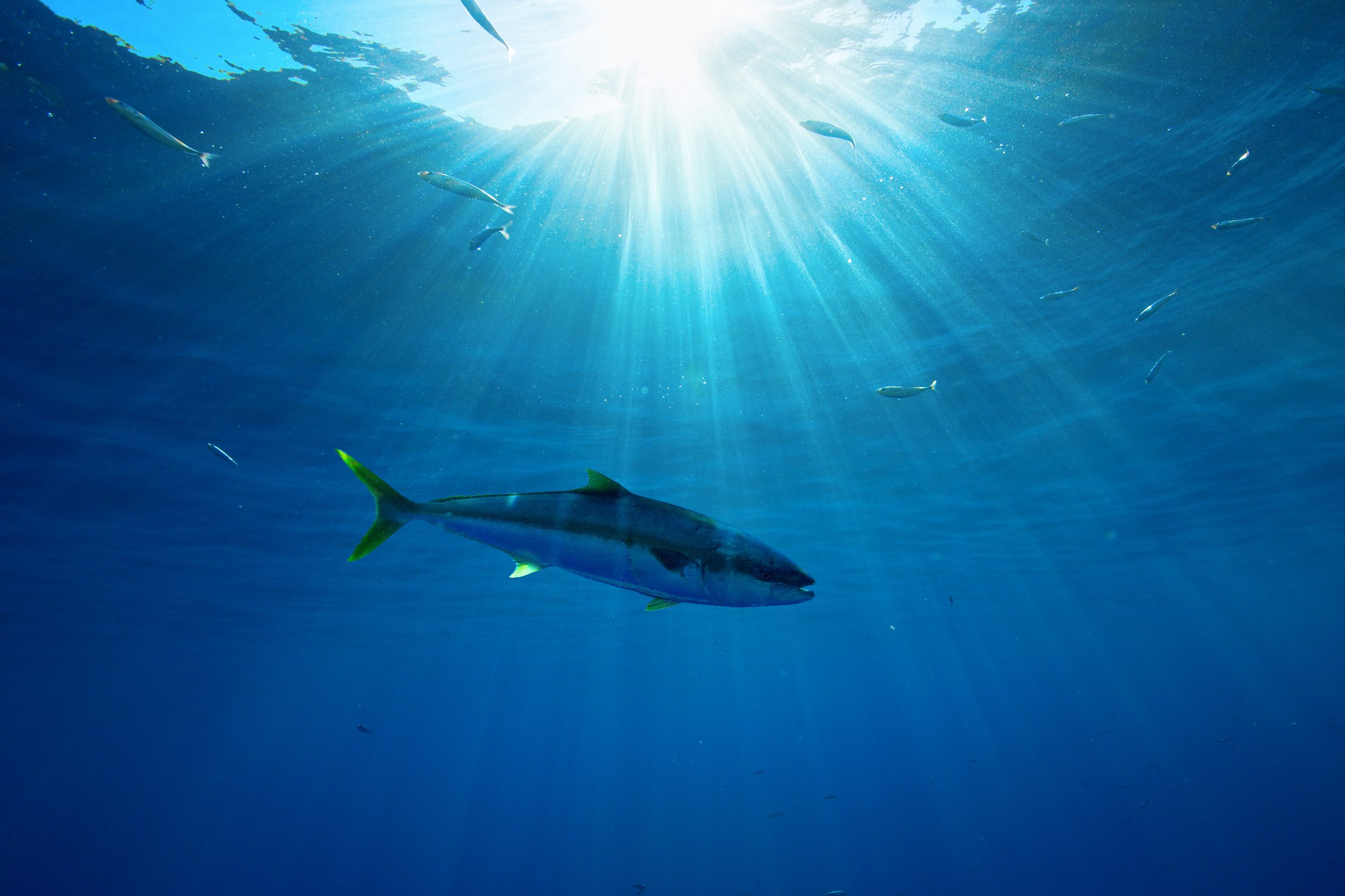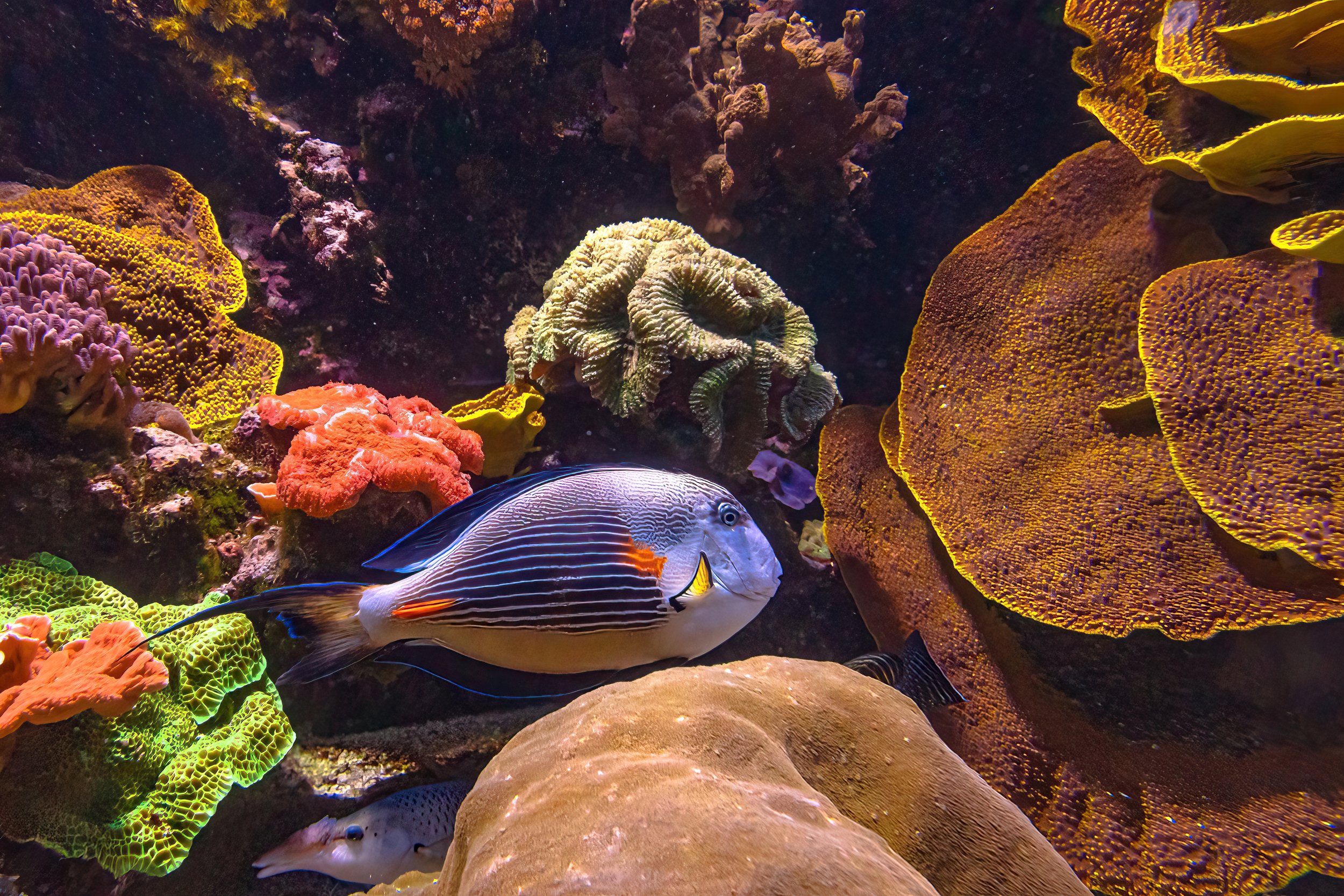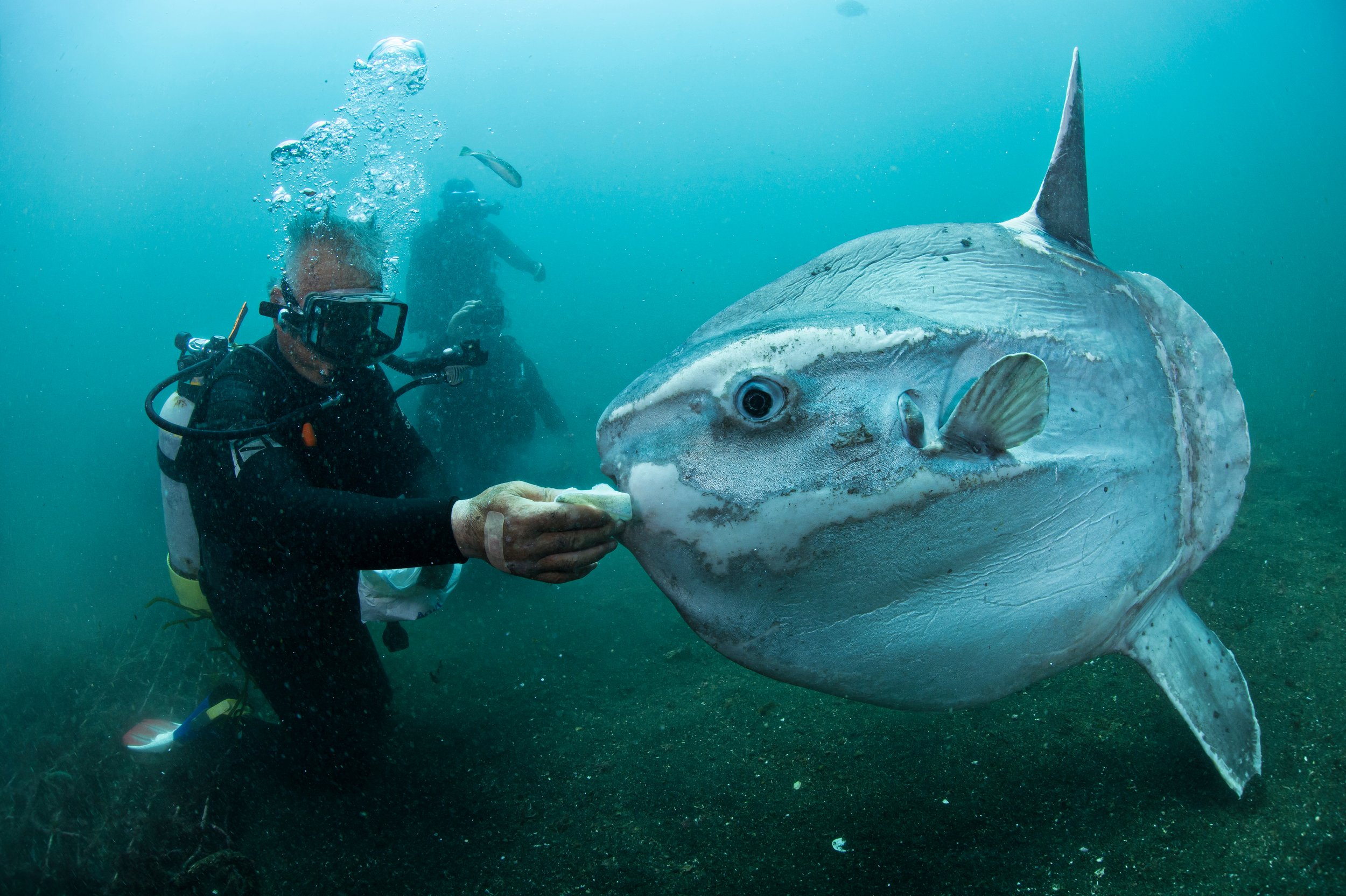Why Are Fish "Fish-Shaped"?
So you might have wondered…why are fish shaped the way they are? Great question!
Where a species of fish lives and how it feeds are the two main factors that define the fish’s body shape.
Generally speaking, most fish have a smooth, elongated body with fins and a tail. These features are shared across thousands of fish species, each with its own variations that help it survive in various marine habitats.
Their mouth shape is also adapted to the particular way that they eat food. A fish with a flat lower jaw probably feeds on the bottom or near it, whereas a fish with a mouth that tilts upwards usually attacks prey from underneath.
Of course, their shapes allow them to move in many different ways!
In tropical seas, you can see flying fish jump out of the water, gliding for up to 200 meters using wing-like fins, and then dipping back into the sea.
In the Indo-Pacific, there are sailfish that can reach speeds of 110 kilometers per hour when hunting—that's 11 times faster than Olympic swimming champion Michael Phelps! Then they use their spiny back fins to brake, stopping mid-swim without a problem.
And have you seen the famous photos of Atlantic salmon jumping in streams? Exact reasons for that are still unknown, but some believe that the salmon jump to clean their gills and scales, while others speculate that they leap when they are either growing or migrating from the rivers to the ocean. Maybe one day, the mystery will be solved!
In general though, fish can be split into two main categories, according to the way that they move in the water.
In the first group, the movement is created by the body and the caudal (the tail). About 85% of fish species fall into this group! The body and tail are the main forces, with fins playing a stabilizing and steering role. This shape is perfect for many open-water species, which need speed, thrust, and control for constant, efficient swimming.
Who are members of this group?
Eels lie at one extreme of this group. Known as soft-finned swimmers, their entire bodies whirl to generate a wave-like (and even snake-like) motion.
Species like salmon and trout use about two-thirds of their body mass to generate motion. Typically, the less of its mass a fish uses to generate motion, the more streamlined its shape is.
At the other end of the spectrum (from eels) are species like boxfish and swimmers like tuna. In these fish, the tails do the work! A tuna's tail is attached by tendons to several muscles in its body and it powers the body like an engine. The fish can speed up to 69 kilometers per hour!
The second major fish group swims through the water with their fins. Fins allow fine-tuned movement at slow speeds, so the representatives of this group are typically found in complex habitats:
Bottom-dwelling fishes, like rays, fall into this group. Using their huge fins, they can lift themselves smoothly off the seafloor. That conveniently allows them to inhabit shallow seas without being buffeted about by waves.
Similarly, shallow-water flatfish use their entire bodies as one big fin to pull themselves up off the sand. Ocean sunfish, reef species, like the queen angelfish, surgeonfish, and wrasse have evolved into unusual shapes because their focus on fins has taken the demand off of their bodies.
Can you guess the fish in the picture below? We just mentioned it!
Clue: This fish lives in the bottom of the seas, has a shapeless body, and swims only with its fins!





